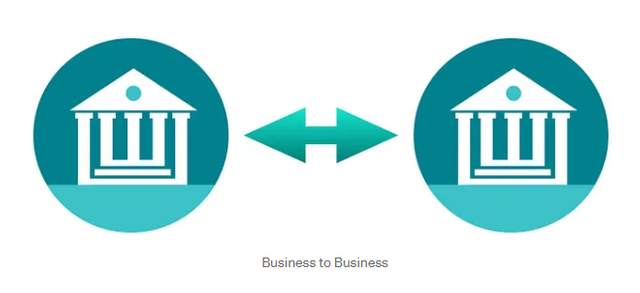Due to different application scenarios and demands, besides common public chains, private chains and consortium chains have been developed, better suited for enterprise and industry use.
In 2017, the ICO frenzy propelled the market to its peak, drawing public attention to Bitcoin and Ethereum. While Ethereum's smart contract ICOs sparked a trend, slow transaction speeds and fully transparent transaction details raised concerns for businesses and projects entering blockchain development. This led to the consideration of constructing blockchain for different use cases, giving rise to private chains and consortium chains, distinct from public chains.
Today, I'll swiftly clarify the differences and advantages between public chains, private chains, and consortium chains.

Public Chain — FOR EVERYONE
In a public chain, the entire blockchain system is openly transparent, allowing anyone to view its rules, mechanisms, and transaction records. Examples include Bitcoin and Ethereum. Participants can send their cryptocurrencies without restrictions, and anyone can become a node, maintaining the stability of the blockchain.
Advantages: All transactions are transparent; high decentralization.
Disadvantages: Relatively slow transaction speed.
Representatives: Bitcoin, Ethereum

Private Chain — FOR SPECIFIC INSTITUTION
A private chain is not open to the general public; authorization is required to become a node, making it suitable for confidential value transfers within a single company or organization.
Comparatively centralized, private chains are ideal for companies with sensitive transaction data. Analogously, public chain transactions are like public Facebook posts, while private chains resemble exclusive Facebook groups, ensuring only relevant individuals can access content.
Advantages: Fast transaction speed; maintains internal privacy.
Disadvantages: Higher risk of hacking.
Representatives: Quorum, LANE

Consortium Chain — For B2B
A consortium blockchain, a B2B architecture, involves companies or institutions acting as nodes, providing a trusted platform for value circulation between businesses.
The decentralization of consortium chains falls between public and private chains. It allows companies to establish common rules and specifications, increasing efficiency and reducing costs for value circulation. Commonly associated with banking, consortium chains enable banks to agree on a universally accepted accounting standard, facilitating secure and efficient value exchange.
Advantages: Fast transaction speed; high scalability.
Disadvantages: High setup cost.
Representatives: Hyperledger
Summary:
- Public Chain: Open to everyone, transparent.
- Private Chain: Typically for specific individuals within a private company.
- Consortium Chain: Formed by a group of similar companies; members of the consortium can use it.
Their differences lie in the "allowed users and nodes," tailored to different application scenarios and objectives.
HI @mreunicebertram
hope you doing well. We have some restrictive rules on our Steemit platform. You must have to follow those rules. Doing copy from other sources is a violation of our Steemit platform rules. To be a real blogger you must have to use your creativity. Your content is totally copied from another source. You have to mention or give the link from where you copied the content. Otherwise, it will be considered as plagiarism. Also, you only can take 25% (of course have to mention the source ) articles from somewhere else according to your blog and the remaining 75% have to write on your own. Hope you will try to follow our Steemits rules from now on.
Thank you.
Your post is written from this source link.
Downvoting a post can decrease pending rewards and make it less visible. Common reasons:
Submit